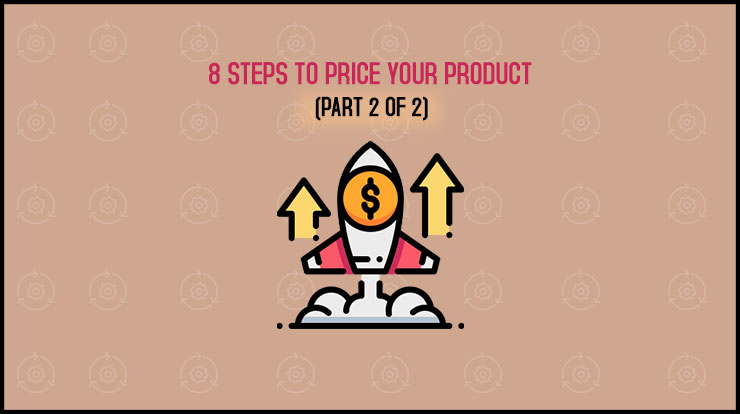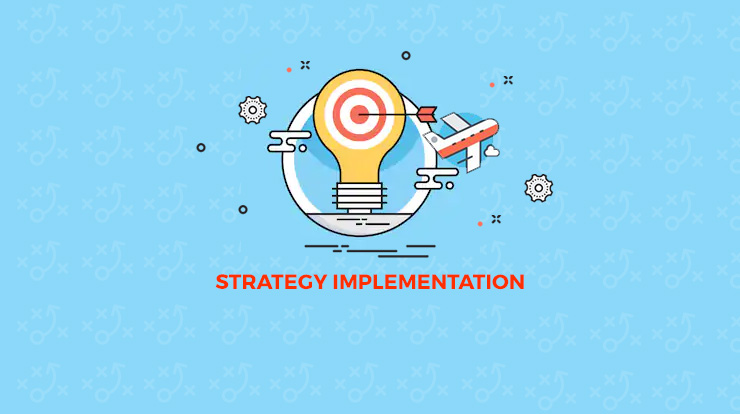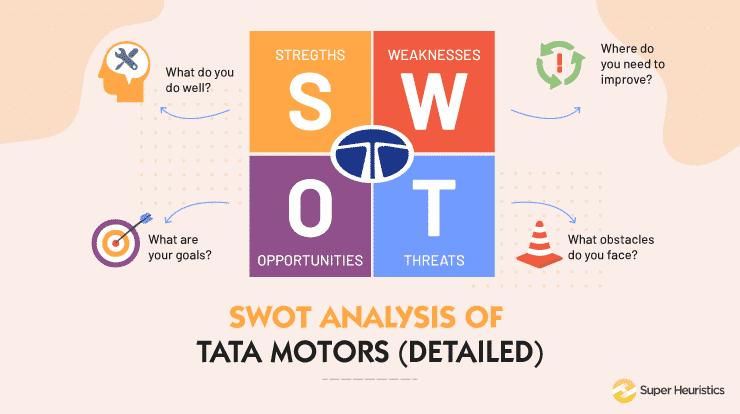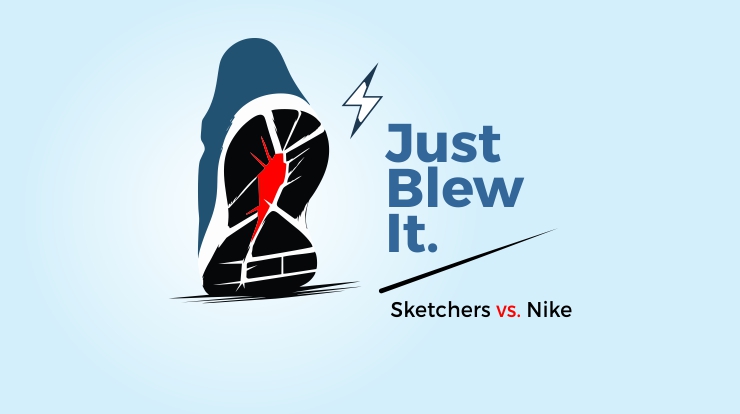
This is the second and the final article in the series where I am telling you about how to price your product better.
Read the first part here: How to Price your Product better in 8 Steps (Part 1 of 2)
I mentioned it in the first article and I will mention it here again. Pricing your product requires a certain mindset from your end. There isn’t any algorithm per se that I can teach you which will give you a perfect price point.
What I am giving you here is an algorithm for you to follow if you are looking for the answer to the question “how to price your product better”.
Here are the final 4 steps that I will be discussing in this final installment. This is in continuation of the first 4 steps that I had discussed in part 1.
Step 5 – Watch out for competitors’ reactions
Step 6 – Keep an eye on the actual transaction price
Step 7 – Feel the customers’ emotional response
Step 8 – Determine whether the returns are worth the cost
Let me just dive in and take you through these final 4 steps of how to price your product better.
Step 5 – Watch out for competitors’ reactions
You are not doing your business in isolation. None of us are. You are doing it in a business ecosystem where you have competitors.
When you have a competition who is going for the same pie or the same share of the pie, everything you do will have a reaction from the competition.
The fact is, even a good pricing move can fall flat and fail if the competitors get a chance to respond to the change. Therefore, the task for you as marketing manager should be to think about, rather out think, your competitors.
![]()
You should ask yourself how any change in your price will affect the competitors. What will the competitor’s first thoughts be after seeing the change?
Alternatively, you can put yourself in their position and think what would you have done had you been in their position.
But just having thought of what your competition will do is only half of your task. What you really need to plan out is, what will you do once your competition does whatever it does?
So, once you have jotted down all those things that you think your competition can do, you need to do a quick check.
That is, you need to ask yourself this question – “Do I have an effective response to the action that the competition is likely to take?”
Also, all of this planning needs to be done while keeping in the industry dynamics into consideration. What is the industry like? How will the entire industry respond to this?
Thinking of the competition and the industry will really ensure that you have covered a really large part of your potential vulnerability.
It is a must to take into account the competition while thinking about how to price your product.
Read More: How to Price your Product – The Fundamentals
Step 6 – Keep an eye on the actual transaction price
If you want to or already manage a product or a brand here is something you should know. The price point that you set is not the same as the price at which the product is sold. In fact, they are rarely the same.
![]() What I am telling you needs to be understood because more often than not there is a difference between the price that you set for the product and the price it got actually sold for.
What I am telling you needs to be understood because more often than not there is a difference between the price that you set for the product and the price it got actually sold for.
And there are multiple reasons and scenarios in which this happens.
Let me take an example of a B2B situation. There is a certain service that your company offers at certain rupees. However, in a bid to win clients and provide them with more value, the sales team offers certain clients a 5% discount.
In another case, for a bigger prospect account, the sales team gave a 10% discount plus some added service. In a third case, they gave another client a 15% discount with the same level of services.
The pricing manager of this hypothetical B2B firm will find out that there are different prices at which the product had been sold to different people.
And that is what you should find out too.
So, if it is an existing product that you wish to re-price, thoroughly check the price at which the product is actually being sold to the customers.
You could be offering your customers rebates for early payments, for annual volume or for a negotiated discount.
Not just this, your net revenue realized could vary greatly because of things returned products, claims of damage etc.
The bottom line is that you as a marketing manager need to fully understand and analyze the impact of the pricing program that you create and how it is delivered to the customers.
Step 7 – Feel the customers’ emotional response
This is crucial. If your customers think that the price is high, even if in reality it is just above the cost, then the customer will form a negative image of the product.
![]() This negative image will be about your product being unfairly expensive. And that could really ruin your business and sales.
This negative image will be about your product being unfairly expensive. And that could really ruin your business and sales.
Therefore, you need to give due consideration to the long term effects of the customers’ emotional response as well as to your company’s short term economic results.
I always believe that what is expensive and what is cheap is dependent on the reference that has been set in the mind of the customers.
So, while this is not an article on Consumer Behaviour, I will still give you a tip on how to deal with this situation.
If your customers feel that you are too expensive, you should spend a good amount of time changing their reference point. Set an anchor after which the product may not look as expensive.
Step 8 – Determine whether the returns are worth the cost
This is where you sort of sum up everything that you have thought about and analyzed. By this step, you should have closed in on a price point that you are willing to keep for your product.
![]() In this step, you need to have a look at whether the returns are worth the cost to serve.
In this step, you need to have a look at whether the returns are worth the cost to serve.
One way to do is to plot each customer segment based on the revenue the segment generates along with the company’s cost to serve the segment.
I mentioned in my pricing fundamentals article that the aim of pricing is profitability. Therefore, you need to check whether your pricing efforts for a particular segment will lead to good profits or not.
Read More: How to Price your Product – The Fundamentals
Conclusion
So finally you would have got a good amount of understanding that there is a particular process that you must follow when you think of how to price your products. Adopting the process that I have suggested here will lead to a more, so to say, robust pricing program for your products.
I would like to ask you a question here. Do you think that there are any other things that we need to consider while pricing?
I will be writing a few more articles on various aspects on pricing and will love to include your feedback in those.






